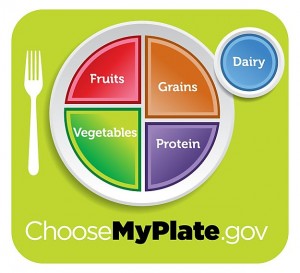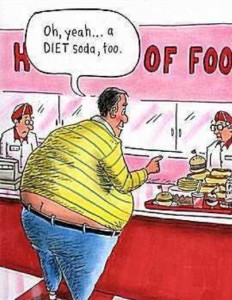As the federal government struggles this week to raise the federal debt limit, we thought it’d be a good time to review the evidence on household debt over here at EBL.
A business columnist at the Detroit News made the point this week that American families actually hold more debt than the federal government, with households owing more than $2.4 trillion of credit card debt alone. (That compares to approximately $1.4 trillion in the total debt for the U.S. government in 2011.)
What else do we know about Americans and debt? Family Economics and Resource Management, a project by Cornell Cooperative Extension to people achieve more secure financial situations, compiled an interesting list of facts about Americans and debt management. Among them:
- 40 percent of U.S. households live beyond their means.
- the net worth of the average middle-class American household after accounting for debt is less than $10,000.
- and 48 percent of American credit card holders only pay the minimum payment amount each month.
Essentially, the evidence shows that Americans are no more responsible with their borrowing habits than the federal government.
But there is a way out. Rutgers Cooperative Extension has compiled 20 tips for smart borrowing, such as:
- Borrow as little as possible by making the largest down payment you can afford. This will help you to avoid becoming “upside down” or owing more than your purchase is worth.
- Shop for credit, just like other purchases. Compare at least three different banks for the lowest interest rates and fees.
- Always pay more than the minimum monthly payment. For example, send 6 percent of a $5,000 outstanding balance on an 18 percent APR credit card, instead of 3 percent, and you’ll save 9 years of payments and $2,975 in interest.
Be sure to understand the facts about any money you borrow or credit cards you hold. Smart borrowing will help you achieve financial success over the long run.









